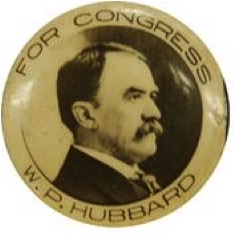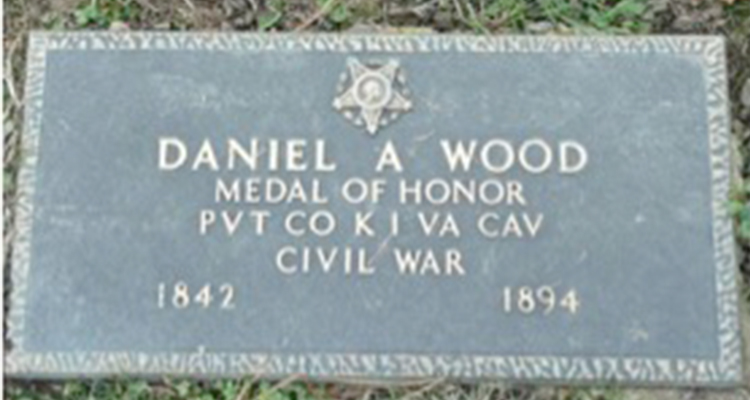Friends of Wheeling will partner with the Ohio Valley Civil War Roundtable in placing white roses on the graves of both Union and Confederate Civil War veterans in Greenwood Cemetery, beginning at 9 a.m. on Memorial Day, Monday, May 27.
A brief memorial ceremony, featuring the curator of the West Virginia Department of Arts, Culture and History, Randall Reed-Smith, will be followed by guided walks through various sections of the cemetery.
Among those to be remembered are six men who were killed in action; at least five men who served as surgeons during the war, along with one Union nurse; the man who claimed to have fired the second shot of the war at Fort Sumter; the first Union soldier wounded at the Battle of Philippi (the first land battle of the war); and several survivors of both Union and Confederate prison camps.
One man, Odel Squier Long, only served for 12 days during the conflict, when it was feared that Confederate forces would invade nearby Pennsylvania. Others, such as Clarence Irwin, enlisted in the First (West) Virginia Infantry soon after President Lincoln issued a call for troops to serve for three months. Following the end of that period, he re-enlisted and served throughout the rest of the war.
Irish immigrant John Carlin, a veteran of the Mexican War, formed a Union light artillery unit in Wheeling, known as Carlin’s battery, while his counterpart, Wheeling native Daniel Shriver, formed a group of Wheeling Confederates, known as the Shriver Grays. Brothers Abraham and Joshua Lukens both served the Union. Abraham later returned to Wheeling to work as a carpenter; Joshua was killed in action. Brothers Edwin and Noah Zane, great-grandsons of Wheeling’s founder Ebenezer Zane, fought for the Confederacy under Stonewall Jackson, while their brother Samuel and brother-in-law Milton Carr served the Union. Edwin was mortally wounded during the retreat from Gettysburg, living long enough for his mother to reach his side and hear him say that if he had a thousand lives, most freely would he give them all to his native Virginia.
The Sweeney family was also divided in their loyalties, with Andrew J. Sweeney stating support for the Union while serving as Wheeling’s mayor during the beginning years of the war, while James and Robert Sweeney fought for the South. George B. Caldwell was a Union soldier and later married a woman who was charged with smuggling for the Confederacy.
Moundsville native Francis Hoge left the U.S. Navy at the beginning of the war and served with distinction in the Confederate navy. After the war, he became the Wheeling city engineer and is largely responsible for the construction of the Main Street bridge.
One local soldier, Daniel Wood, received the Congressional Medal of Honor for capturing the flag of the 18th Florida Infantry while serving in the First (West) Virginia Cavalry. The rest of his life appears to have been uneventful.

Following the war, many of the veterans went on to prominent positions. Others returned to roles they filled before the conflict — cigarmaker, ironworker, grocer, clerk or attorney.
After the war, Union veteran William P. Hubbard served as a representative of the new state of West Virginia in the U.S. Congress, and Confederate veteran Robert White served two terms as the state’s Attorney General. White is also credited with founding the West Virginia School for the Deaf, Dumb and Blind in Romney.
Union artilleryman and Andersonville Prison survivor, German immigrant Henry Seamon, returned to his previous life as a cigar maker after the war. His grave marker bears an artillery symbol in recognition of his military service.
To date, the graves of more than 225 Civil War veterans have been located in the cemetery. Each undoubtedly could tell a story, and all deserve recognition for their service and devotion to a cause.
The Greenwood event is free and open to all ages. Parking is available along National Road, on side streets or in the lot of the First Baptist Church, adjacent to the cemetery.



